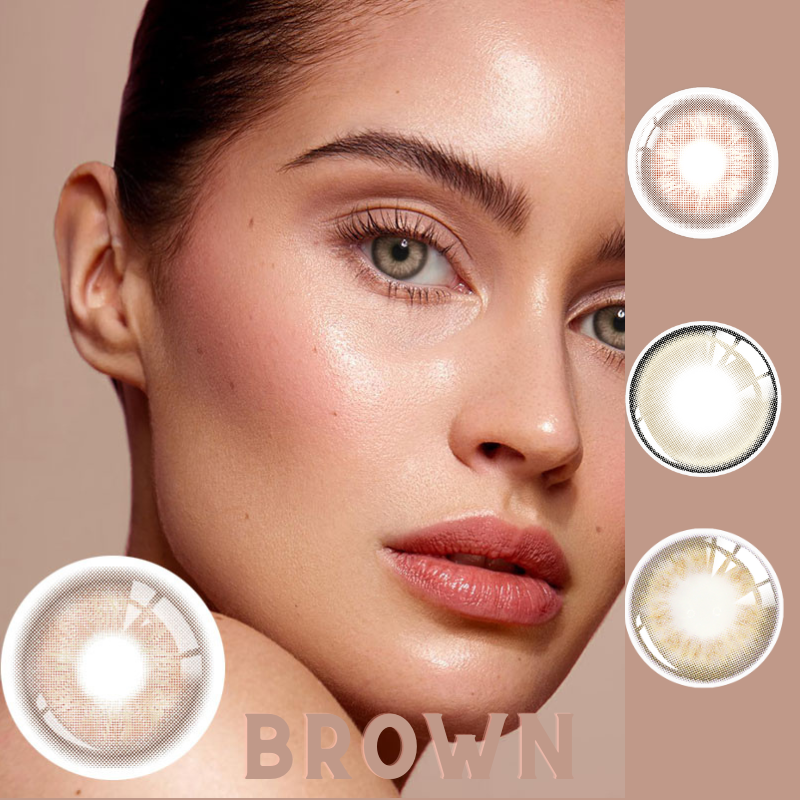Table of Contents:
Astigmatism is a common refractive error that affects the way light is focused in the eye, leading to blurred or distorted vision. Unlike a healthy eye, which has a spherical shape resembling a basketball, an astigmatic eye often has a shape more akin to a football. This irregular curvature can occur in either the cornea or the lens, disrupting how light rays enter the eye and focus on the retina.
What is Astigmatism?
Astigmatism arises when the cornea, the clear front surface of the eye, is not uniformly curved. Instead of having a smooth, spherical shape, it may be more oval, which causes light entering the eye to focus on multiple points rather than a single point on the retina. This can result in vision that is consistently blurry or distorted at all distances, making everyday tasks, such as reading or driving, challenging.

Causes of Astigmatism
The exact cause of astigmatism remains somewhat unclear, but several factors contribute to its development.
1. Genetic Factors: Astigmatism often runs in families, suggesting a hereditary component. If one or both parents have astigmatism, there is a higher likelihood that their children will experience it as well.
2. Environmental Factors: The visual tasks we perform throughout our lives can influence eye shape. Prolonged periods of close-up work, such as reading or using screens, may lead to changes in the eye that can exacerbate astigmatism.
3. Eye Conditions and Injuries: Certain medical conditions, such as keratoconus—a progressive thinning of the cornea—can cause or worsen astigmatism. Additionally, injuries to the eye or surgical procedures may alter the cornea’s shape, leading to astigmatism.
4. Developmental Changes: Many children are born with some degree of astigmatism, which may diminish as they grow. However, if significant astigmatism is present and left uncorrected, it can lead to complications in visual development, such as amblyopia or “lazy eye.”
Types of Astigmatism
Astigmatism is generally classified into two main types: *corneal* and *lenticular* astigmatism.
- Corneal Astigmatism: This is the most prevalent form, resulting from irregularities in the cornea’s shape. It is characterized by a steep curve in one direction and a flatter curve in another, causing distortion in vision.
- Lenticular Astigmatism: In this type, the lens of the eye is misshaped, which can also lead to similar vision issues. This type is often associated with trauma or changes in the lens due to age.
Astigmatism can further be categorized into regular and irregular types. Regular astigmatism has two principal meridians that are perpendicular to each other (90 degrees apart), making it easier to correct. Irregular astigmatism, on the other hand, occurs when the principal meridians are not symmetric, often resulting from diseases or injuries, and is typically more challenging to treat.
Symptoms of Astigmatism
The symptoms of astigmatism can vary widely in severity. Common indicators include:
- Blurry Vision: Difficulty seeing clearly at any distance is a hallmark symptom.
- Squinting: Many individuals find themselves squinting to try to focus better, which can lead to eye strain.
- Headaches: Frequent headaches can occur as a result of the eye’s effort to compensate for the refractive error.
- Eye Strain: Prolonged focus on tasks, such as reading or using a computer, can cause discomfort.
- Night Vision Issues: Difficulty seeing clearly in low light conditions or noticing halos around lights can be particularly troublesome for those with astigmatism.
Mild cases of astigmatism may go unnoticed, underscoring the importance of regular eye examinations. Children, in particular, may not realize their vision is impaired, which can impact their learning and development.
How to Determine if You Have Astigmatism
While individuals may suspect they have astigmatism based on symptoms, an accurate diagnosis requires a professional eye examination. During this exam, an eye care professional will conduct various tests to measure how the eyes focus light and to identify any irregularities in the cornea or lens.
Common diagnostic tools include:
- Visual Acuity Tests: To assess the clarity of your vision at various distances.
- Keratometry: To measure the curvature of the cornea.
- Refraction Tests: To determine the appropriate prescription for corrective lenses.
Prevention of Astigmatism
Currently, there is no known way to prevent astigmatism, as most individuals are either born with it or develop it as their eyes grow and change. However, maintaining good eye health is crucial. Regular eye exams can help monitor vision changes and ensure timely interventions. If you have astigmatism or other refractive errors, your children might also be at risk, making it essential to keep an eye on their vision development as well.
Treatment Options for Astigmatism
The three main options for correcting this refractive error are:
1. Eyeglasses: One of the most common treatments, glasses use cylindrical lenses that compensate for the uneven curvature of the cornea or lens. They are often the preferred option for individuals with significant astigmatism.
2. Contact Lenses: Contact lenses can also effectively correct astigmatism. There are different types available:
- Toric Lenses: Specifically designed for astigmatism, these soft lenses have varying powers to align properly on the eye.
- Gas Permeable Lenses: These rigid lenses can offer sharper vision but may take time to adjust to.
- Hybrid Lenses: Combining both soft and rigid materials, these lenses offer comfort and clarity.
3. Refractive Surgery: For those seeking a more permanent solution, laser surgeries such as LASIK and photorefractive keratectomy (PRK) reshape the cornea. LASIK involves creating a flap in the cornea for correction, while PRK removes the outer layer of the cornea before reshaping it with a laser. Each procedure has its benefits, depending on the patient's eye health and specific needs.








